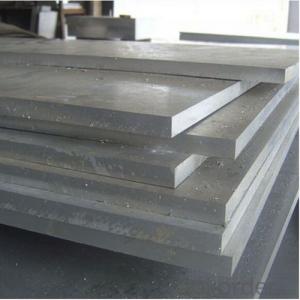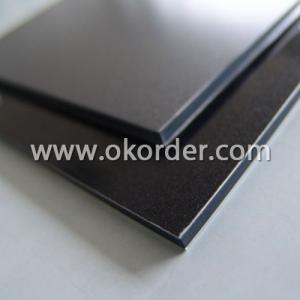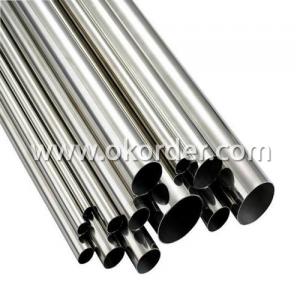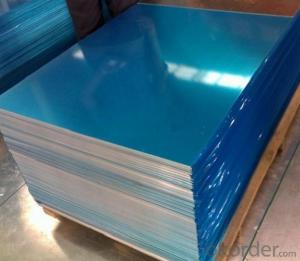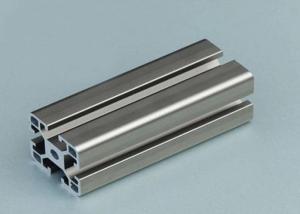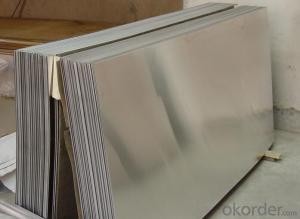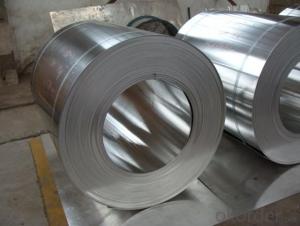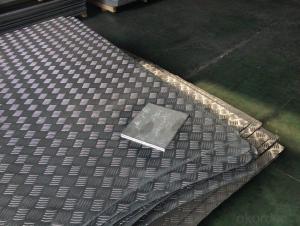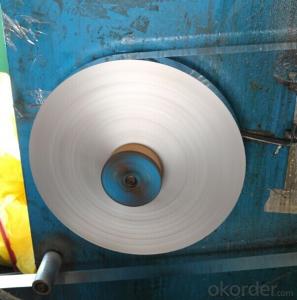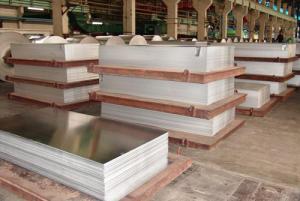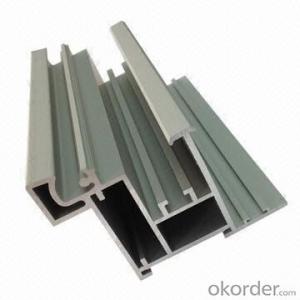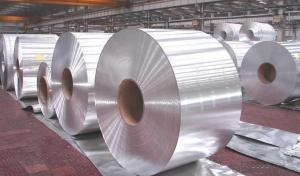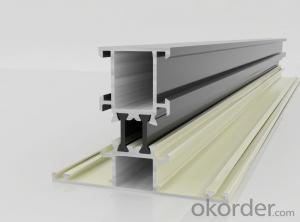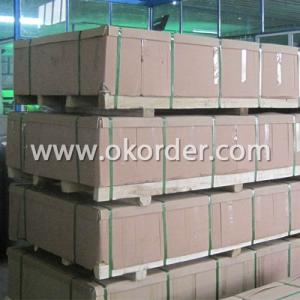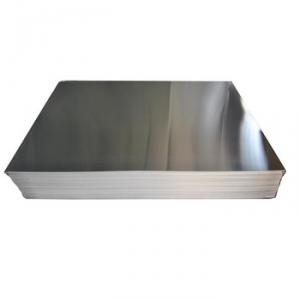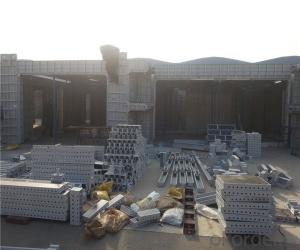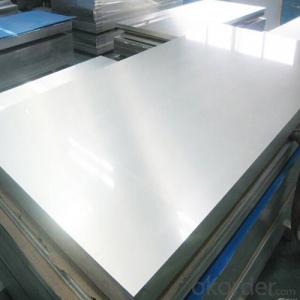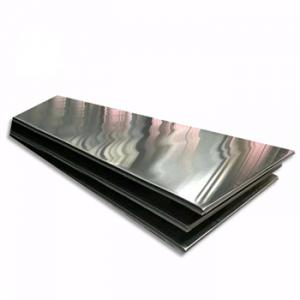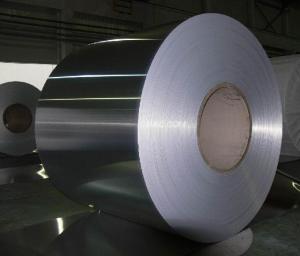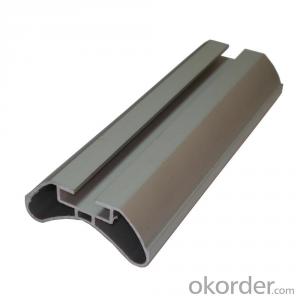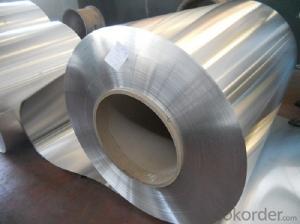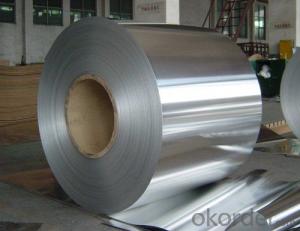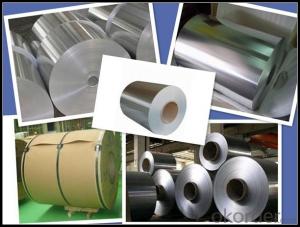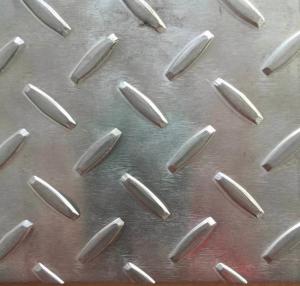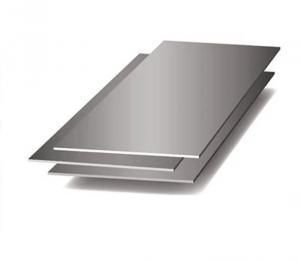6060 Aluminum Plate
6060 Aluminum Plate Related Searches
60 Aluminum Plate Aluminum 6061 Plate Aluminum Plate 6061 6061-T6 Aluminum Plate 6061 T6 Aluminum Plate 1060 Aluminum Plate T6061 Aluminum Plate 6061 Aluminum Alloy Plate 6061 0 Aluminum Plate Aluminum Plate 6063 6063 Aluminum Plate 6061 Aluminum Diamond Plate 6063 T6 Aluminum Plate 1 2 6061 Aluminum Plate Metric 6061 Aluminum Plate 6061 Aluminum Tread Plate Bending 6061 Aluminum Plate 1 4 6061 Aluminum Plate 6082 Aluminum Plate 1/2 6061 Aluminum Plate 6061 Aluminum Tooling Plate 6061 Aluminum Plate For Sale 6x6 Aluminum Plate 6082 T6 Aluminum Plate 6061 Aluminum Plate 1 2 Dz60 Aluminum Plate 6160 Aluminum Plate 6061 T651 Aluminum Plate 1/4 6061 Aluminum Plate 6 Aluminum Plate6060 Aluminum Plate Supplier & Manufacturer from China
6060 Aluminum Plate is a type of aluminum alloy plate known for its excellent strength, corrosion resistance, and weldability. This material is widely recognized for its superior mechanical properties and is commonly used in various industries, including aerospace, automotive, and construction. The 6060 Aluminum Plate is particularly favored due to its ability to maintain its structural integrity under extreme conditions, making it a popular choice for applications that demand high performance and durability.The 6060 Aluminum Plate finds its usage in a multitude of scenarios, such as in the manufacturing of aircraft components, automotive parts, and structural frameworks. Its versatility allows it to be utilized in both heavy-duty and lightweight applications, catering to the diverse needs of different industries. The alloy's properties also make it suitable for use in marine environments, where resistance to corrosion is a critical factor. This makes the 6060 Aluminum Plate an ideal material for boat hulls, ship components, and other marine structures that require robustness and longevity.
Okorder.com is a reputable wholesale supplier of 6060 Aluminum Plate, boasting a vast inventory to cater to the needs of various industries. As a leading distributor, Okorder.com ensures that customers have access to high-quality aluminum plates at competitive prices. Their extensive stock allows them to fulfill large orders promptly, making them a reliable choice for businesses seeking a dependable source for their 6060 Aluminum Plate requirements.
Hot Products
